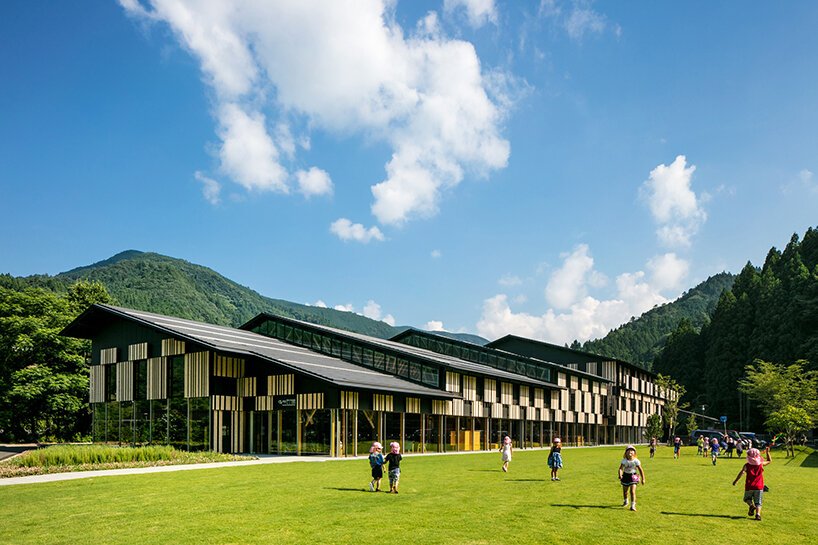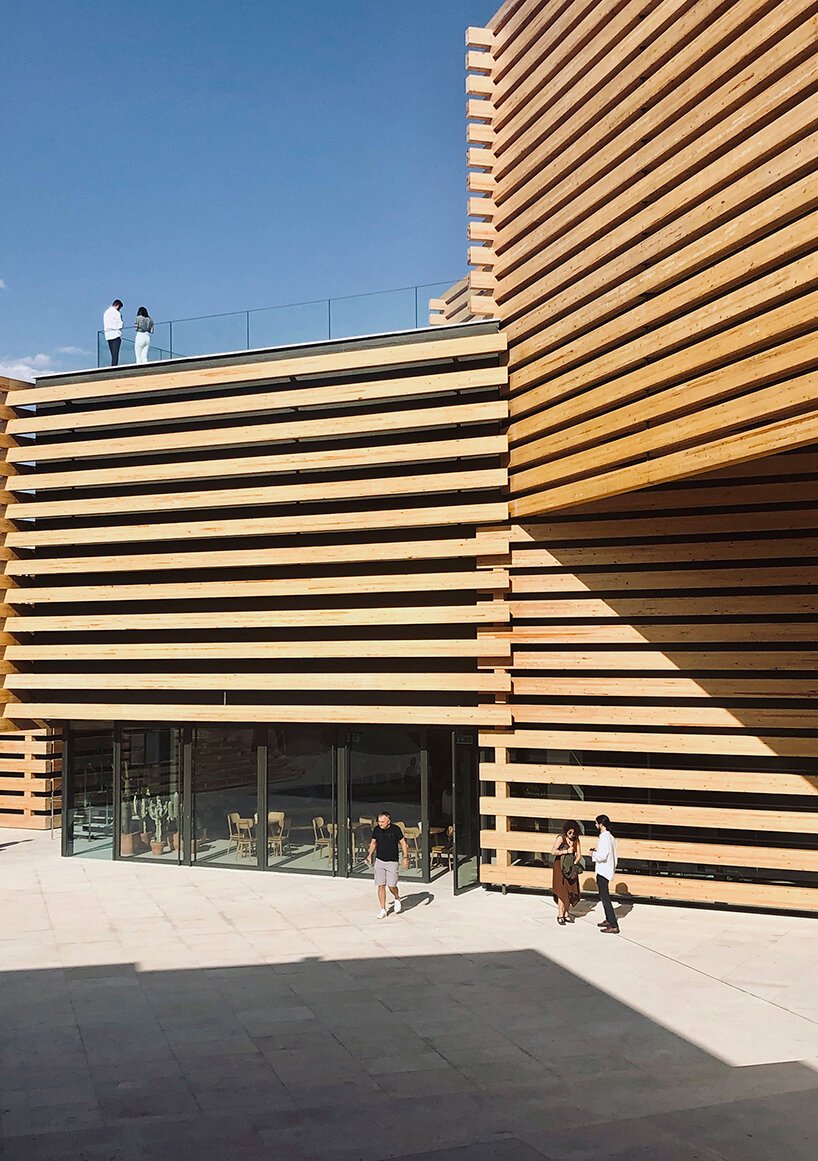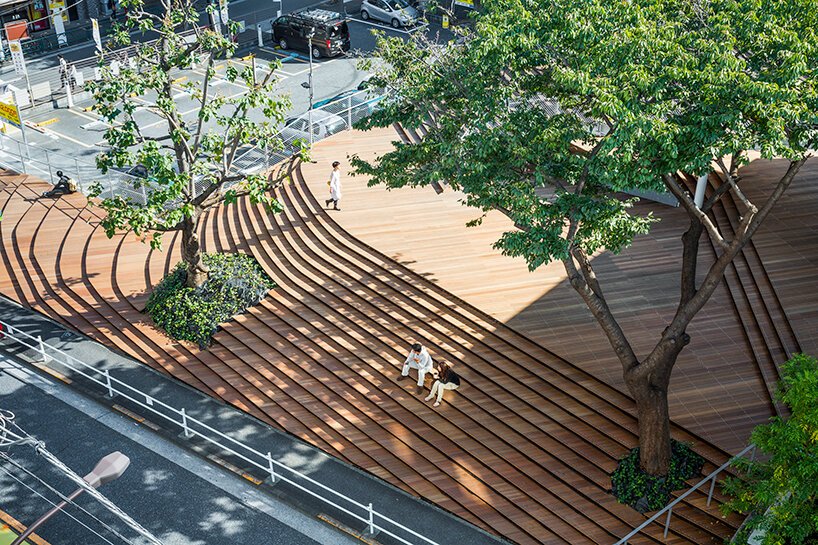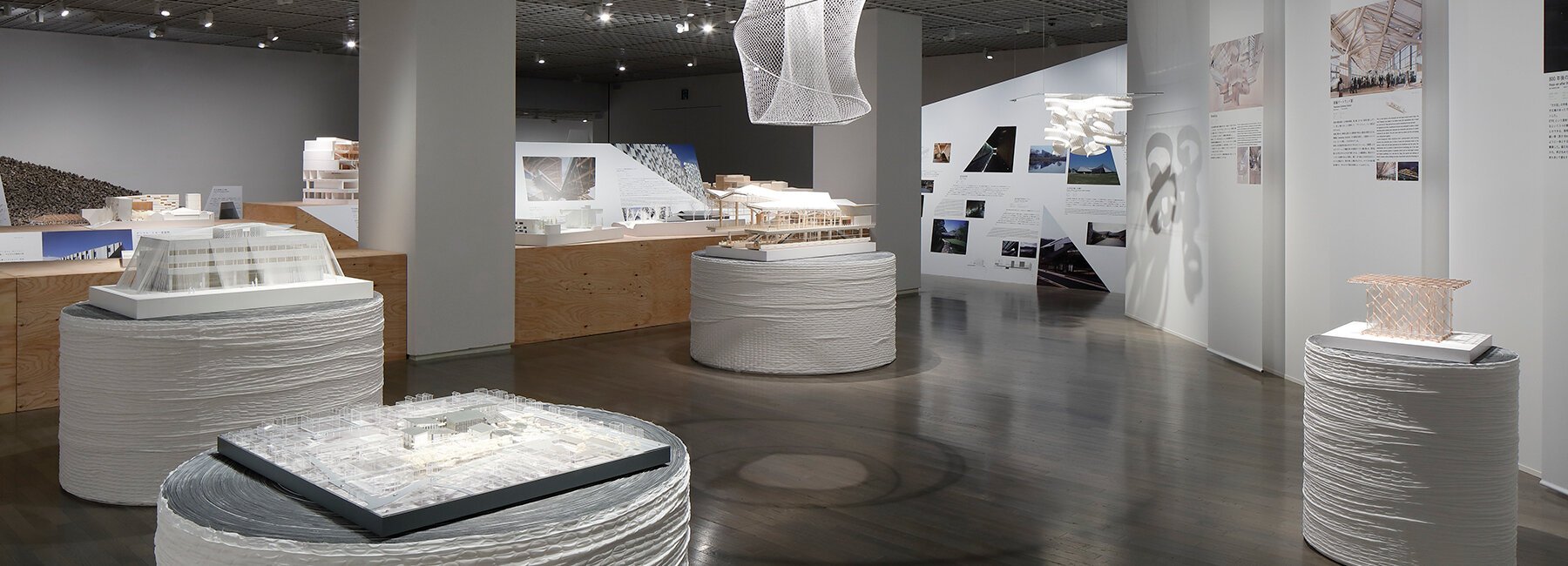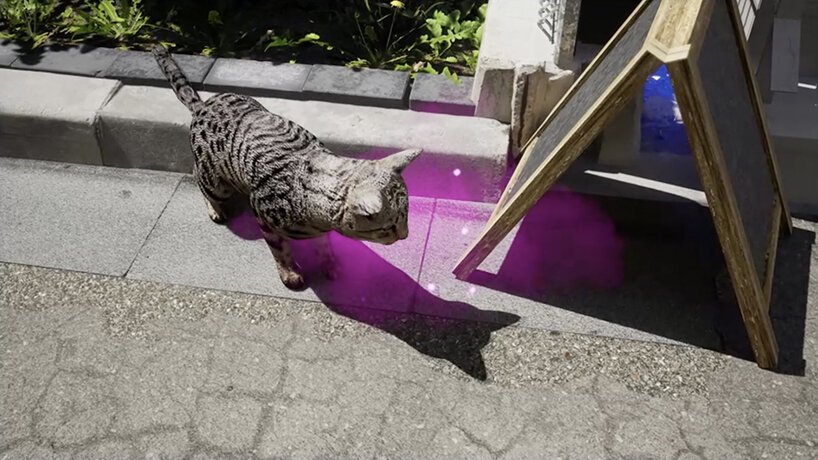The leading contemporary architect Kengo Kuma will be exhibiting his “Five Purr-fect Points for a New Public Space” during the whole summer of 2021 in the National Museum of Modern Art, Tokyo (MOMAT).
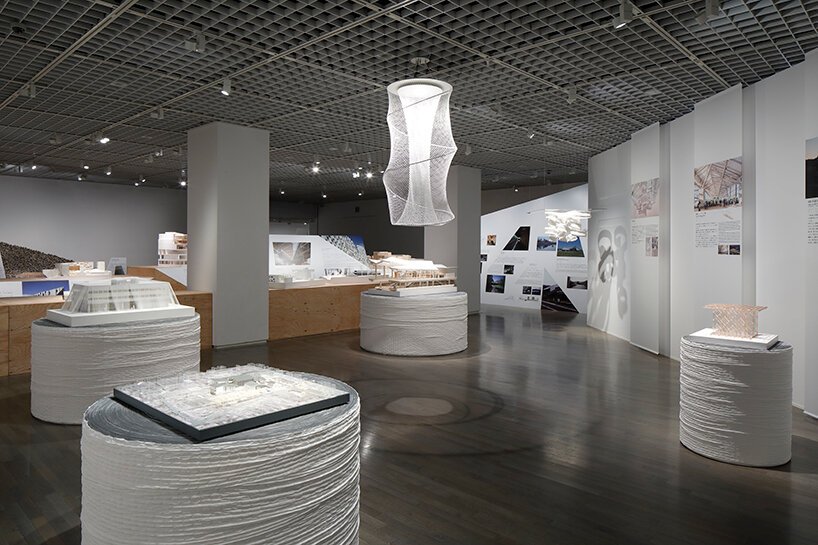
Photography by Kioku Keizo
Running from June 18th till September 26th, 2021, the exhibition showcases 68 selected designs by Kengo Kuma from his works around the world, focusing on humane public spaces, and including models, photographs, and mockups. The projects are categorized according to the five principles created by Kengo Kuma: “hole,” “particles,” “oblique,” “softness,” and “time”. Another 74 exhibits of video works and mobile homes are displayed in front of the museum to complement the vision of the Japanese architect, who has written the descriptions and texts of the works himself.
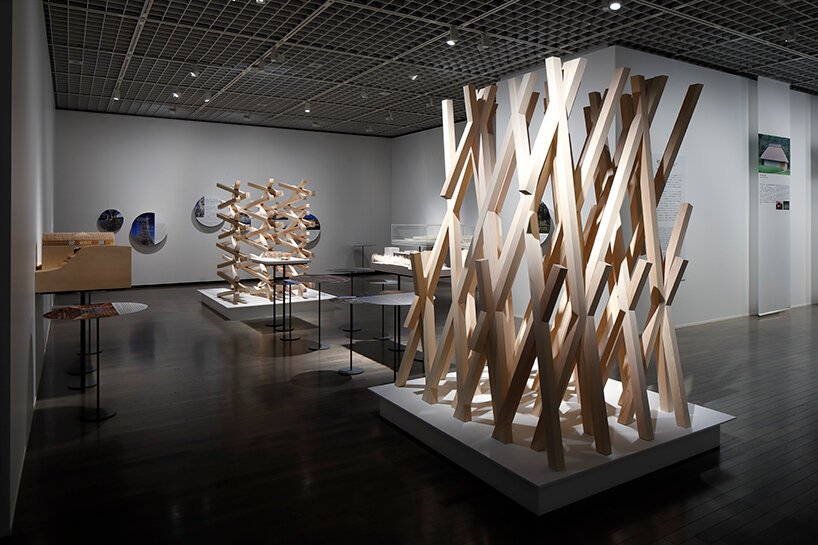
Photography by Kioku Keizo
Moreover, the exhibition at MOMAT will feature video pieces created by leading contemporary artists including Takimoto Mikiya, Fujii Hikaru, and the McGloughlin Brothers. These video pieces envision Kengo Kuma’s architecture from different artists’ perspectives.
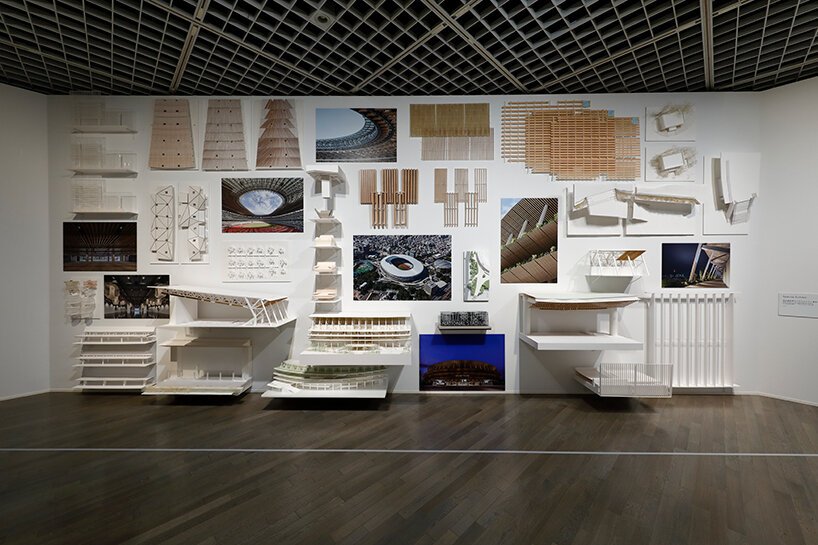
Photography by Kioku Keizo
Most importantly, a 36-degree VR simulation of “A Plan for Tokyo, 2020: Five Purr-fect Points for Feline Architecture,” will allow visitors to experience the interior spaces of Kengo Kuma’s vision of Tokyo–or rather the cat’s version of Tokyo!
Kengo Kuma is one of the most significant contemporary Japanese architects. He is known for his unique expression of the intangible through the tangible. His designs include Scotland’s first design museum, The V&A Dundee, which is selected as one of “The World’s 100 Greatest Places of 2019” as per Time magazine. He also participated in the design of the Japan National Stadium which is scheduled to serve as the main venue for the Tokyo 2020 Olympic and Paralympic Games.
The highlights of the exhibitions, according to MOMAT, are as follows:
1. Kuma’s Unique Approach to “Places Where People Gather” Explored Through Five Principles
Kengo Kuma visions the 20th century’s concrete and steel structures as “soul-crushing” and aspires to create more humane architecture according to his own public space methodology of five principles.
2. High-Tech Experiential Exhibits
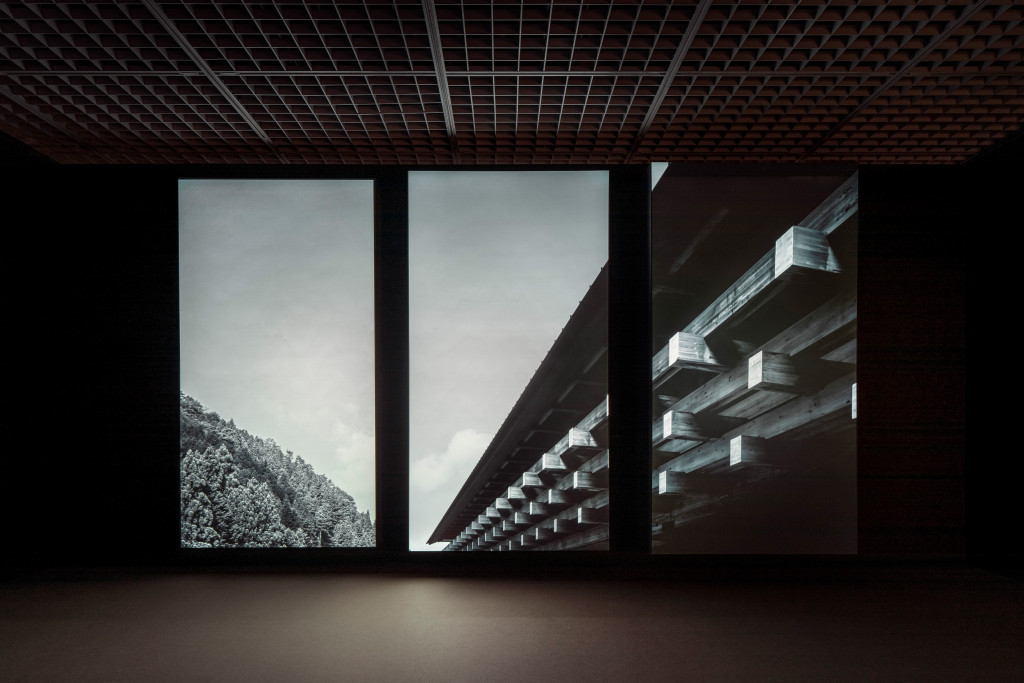
Photography by Kioku Keizo
These experiences are offered through the video works and VR simulations, including Six projects of Kengo Kuma in Yusuhara, Kochi, introduced by the photographer and filmmaker Takimoto Mikiya with the music of Sakamoto Ryuichi incorporated into these high-speed footages of the buildings, and a time-lapse film of the V&A Dundee.
3. Kuma Looks to Cats to Show Us the City’s Future
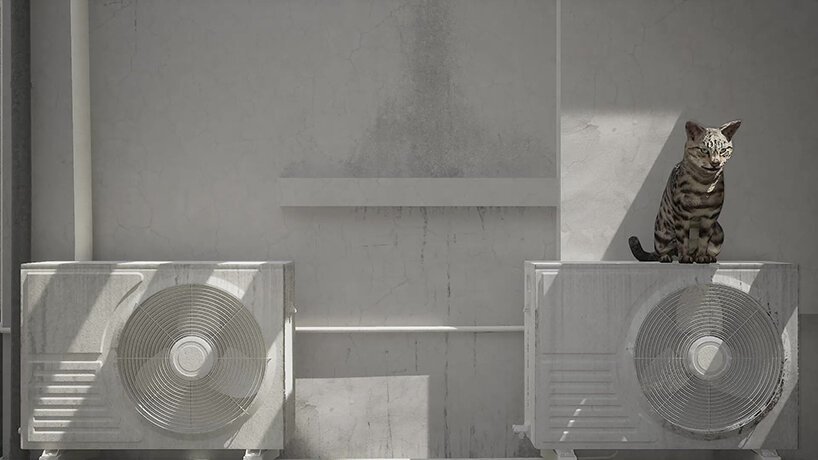
Photography by Kioku Keizo
In response to Tange Kenzo’s ‘Plan for Tokyo 1960’ that preceded the 1964 Tokyo Olympics, Kengo Kuma created his own vision of Tokyo. The former plan envisioned a floating city over Tokyo Bay that looks at the city from above, while Kuma’s vision envisions the city from the perspective of little creatures that look at the city from below; cats!
4. Video Produced with the cooperation of the Public and the Client
In addition to a video interview with Keno Kuma, the exhibition showcases a film by Fujii Hikaru that captures the everyday life of Nagaoka City Hall Aore -a vibrant city that people visit from all over Japan-, and a film by Tsuda Michiko of the town of Minamisanriku in Miyagi Prefecture and Kumamoto City that features interviews with the mayors, buildings users, and clients on the theme os disaster recovery and architecture.
5. Special Presentation of Models and Lighting for Japan National Stadium
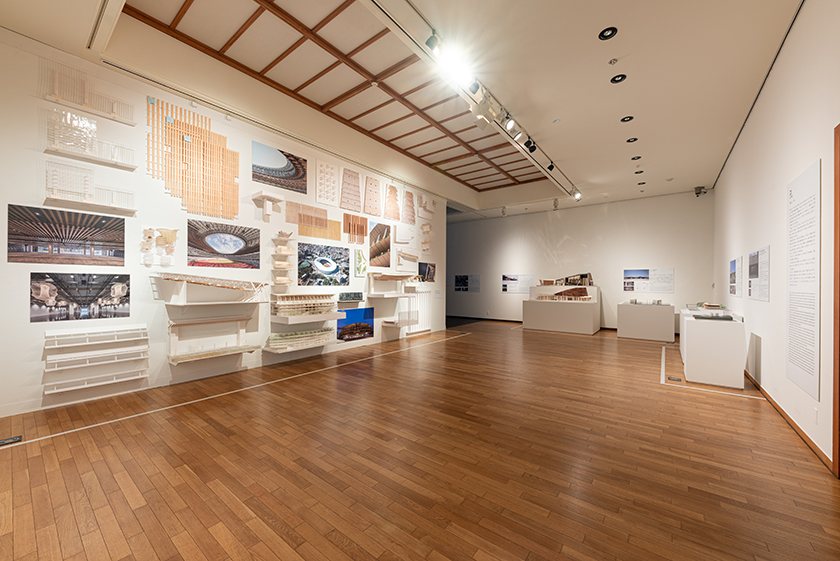
Photography by Kioku Keizo
The exhibition features, as well, a special display of lighting system in the athlete interview zone, not accessible to the general public, at Japan National Stadium. Kengo Juma participated in designing these lampshades, inspired by the Japanese light of paper lanterns and sunlight through bamboo blinds.
The organizers of Kengo Kuma’s exhibitions aim that, despite the challenges posed by the pandemic, the exhibitions will present visitors with new ways to think about public spaces and the future of cities.
